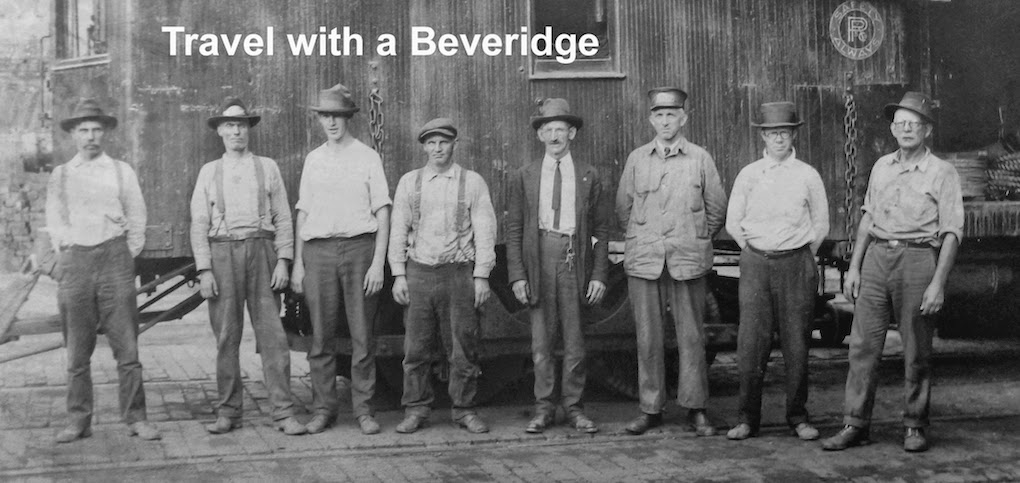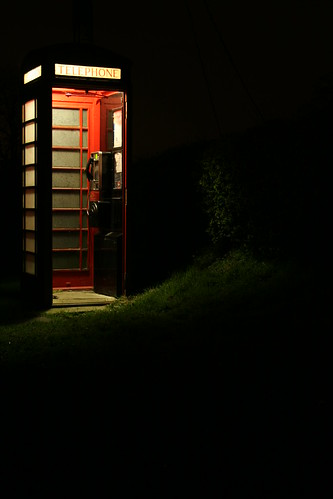By Ryan Mooney
It’s one of those days.
You know the ones.
A day when you wake up, shower and drink your coffee. The day when you get dressed in your Tuesday’s best and drive the thirty minutes to work. A day where you’re supposed to sit behind a fifteen inch monitor typing up customer reports until your eyes are oozing out of your head, but when you walk in the receptionist tells you that the boss would like to see you in his office.
It’s also the day after you just signed your name on the line for your latest big purchase.
A new, used car.
A two thousand and something shiny red, bright door coupe. The insurance will be higher and it’s sporty and fast, and the insurance will be higher. It wasn’t cheap, and still, the insurance will be higher.
Your boss, he tells you to take a seat. He’s a large man, a Boss Hogg type. The type who buys his suits at the Men’s Big and Tall or the place where that guy guarantees you’ll love the way you look.
You know the place.
His elbows are propped on the desk, his hands in a steeple. It’s the pose of someone who’s thinking or has something important to say. So, you sit, wearing your Tuesday’s best and you cross right leg over left, adjusting your tie. Then, your boss, he looks at you and releases the steeple.
You bought gifts last week, too.
It’s December.
Gifts for mom, dad and sister.
Gifts for your co-workers.
Gift’s for Boss Hogg.
The Christmas party, it’s on Friday and the tie you bought Boss Hogg has little golf tees on it and you don’t know if he plays golf, knows how to golf or even likes golf. It was an impulse buy.
You know the kind.
Your boss, he tells you about the bad economy and downsizing. Layoffs and personnel changes. He tells you he empathizes with you and says he’s sorry. You tell him you don’t understand. You remind him you’ve been here longer than most. Boss Hogg though, he tells you he understands that you don’t understand. He also tells you that most will be let go, too. Certain jobs will be replaced by computer programs and one of those jobs, incidentally, is yours.
You have ten thousand five-hundred dollars, probably more, worth of student loans to pay off. Student loans for four years of schooling to land you the job which, in turn, has landed you in the large leather chair across from your boss. Cell phone bill, car payments, groceries, Christmas gifts, gas and the list goes on. Expenses that need paid and your bank account, it reads damn near empty.
It’s the day where you scour the office for cardboard boxes. Jean and Joe and Jamie each give you one and they ask questions. They want answers.
What happened?
Why’d they let you go?
Will they let me go?
And all you can do is smile, packing your stuff into their boxes.
Packing your shit, they ask.
No, packing my stuff, you say.
Pictures, photo copies, positive affirmations pinned to the inside of your cubicle and snow globes. It’s your globe.
Take it.
The coffee mug with the picture of your dead German Sheppard is also yours. Take it.
You even think about folding up the cubicle and taking it too, but you know it won’t fit in the back of your new, used shiny coupe.
Should have bought an SUV, you think.
Rollo.
That’s what you named him. Rollo and you taking walks through the neighborhood. You and Rollo playing Frisbee in the park. Then one day Rollo got old and Frisbee was out of the question. Rollo, he got even older and walks through the neighborhood were out of the question. Rollo, he goes blind and walks into walls. Then, Rollo is being put to sleep by injection from some random veterinarian and it was sometime between Frisbee and the injection that you took the picture of him, immortalized on the mug.
Then, you put the mug into the box and Jean, she picks up one of the printed affirmations and reads it aloud.
You must do the thing you think you cannot do.
She asks who wrote it and you don’t remember.
You walk through a maze of cubicles with their boxes holding your stuff between your arms.
Mark, Maddie and Melinda watch.
Adam, Anabell and Addison wave goodbye.
Frank, Fran and Fred wish you the best and you keep walking, a faux smile plastered across your face. You smile because they are part of the most and only you know that soon they’ll be making the same march down the same hallway to the same elevator. They’ll have their stuff, which to you is shit, packed into someone else’s boxes underneath their arms.
Doug, Dean and Dina.
They want to know what happened.
They ask one, two, three too many questions and you keep walking. Walking down the long hallway to the same elevator where it’ll drop you four floors to the main lobby.
In the lobby, Marcus the security guard mumbles something incoherent and you just nod.
Marcus, who smokes too many cigarettes.
Marcus, who calls cabs and limos and calls you when your General Tso’s arrives from the Chinese restaurant.
Marcus, who says goodbye then picks up the ringing phone and you hear him say, Yes sir. He’s leaving the building now, and you know that of all the people employed here, Marcus will keep his job.
Marcus with his GED and no loans, he gets to stay.
Marcus, who gets paid hourly, not salary, will stay and he’ll still call for cabs and limos and General Tso’s. You realize then, that you’ve wasted four years and a butt load of money. And you realize, too, that you hate Marcus for being so stupid that he’s actually smarter than you.
You pack their boxes of your stuff into the backseat of your red sporty coupe with the too high insurance.
You know the one.
Just yesterday you were so proud of your sporty car. Jean, Dean, Marcus and everyone had commented on it.
Look at that , they said, what a beautiful car, and they put their hands around their face, onto the glass, peering through the windows.
Someone asked about the gas mileage.
Someone else asked about the stereo system.
And someone else asked if they could drive it.
At home you leave your stuff in their boxes in the backseat of your coupe. You open the front door and it still smells like dog.
Rollo’s food dish, it still sits in the kitchen, half full with Kibbles and Bits. Rollo’s water bowl, it’s still full of water. And Rollo’s leash still hangs on the hook by the door, but you, you’re all alone.
***
Later that night you‘re hungry.
Pizza.
You want pizza, but not just any pizza.
DiGiorno’s pizza.
You know the one.
The one that’s so good you’ll think it’s delivery.
Those yellow caution signs are posted in the frozen food aisle.
Wet floor.
And you walk, past frozen peas, waffles and T.V. dinners. You make your way past ice cream and frozen entrees. Then, there, behind three doors is the pizza.
Four cheese, pepperoni, vegetable and sausage.
There, behind those doors, is supreme and meat lovers. And there, in the glass you see the reflection of those yellow caution signs.
Caution, they say.
Achtung, they read in German.
And they’re donned with a picture of a little man slipping and falling and you look around.
You look up.
You see no cameras.
You think of the possibilities.
***
The next night you go to the same grocery store and you’ve filled an empty bottle of honey with water.
You know the one.
The bottle shaped like a bear, like Poo Bear. You walk to an empty aisle and you take Poo Bear from your pocket, squeezing a small puddle onto the floor.
You walk to the next aisle, picking out a box of croutons for a salad you’ll never eat.
Baco-Bits and Italian dressing. A green pepper and onion.
Then, you walk around the corner, the puddle waiting.
One step.
Two steps.
Three steps and…
***
The store agrees to a large, out of court settlement. Your student loans will be paid off.
The shiny, red sports coupe, it’ll be paid off.
Rent for the next six months, that’ll get paid too.
You even think about buying a new cell phone.
Maybe an iPhone.
You consider an Android.
The next day is Friday and you know every one at the office is exchanging gifts so you take Boss Hogg’s tie with the golf tees on it back to the store and exchange it for the cash you paid for it.
You know the one.
You return the gifts you bought Dean and Jean. Return the gifts for Maddie and Jamie.
You buy the Android.
Merry Christmas.
***
It’s one of those days.
You know the one.
The one when your new cell phone rings while you’re eating the store’s complimentary salad and when you answer the man on the other end says something about being a lawyer.
It’s the day when you’re going through your stuff in their boxes and he says something about the slip and fall.
You know the one.
He says something about a cell phone video and he says lawsuit.
And you know…
It’s going to be one of those days.












